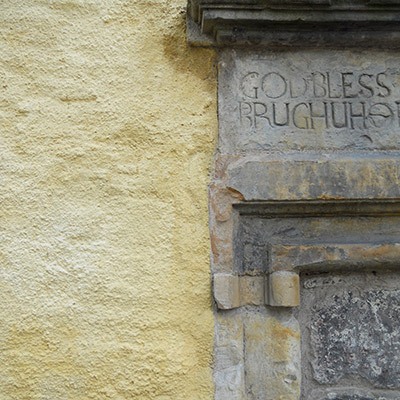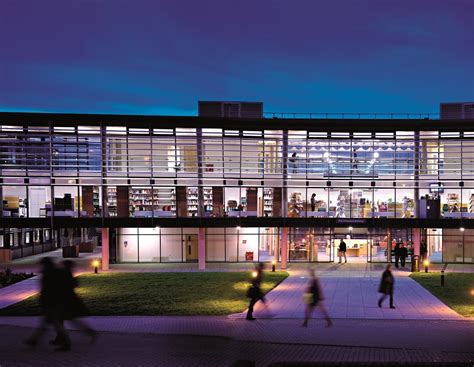This website uses cookies so that we can provide you with the best user experience possible. Cookie information is stored in your browser and performs functions such as recognising you when you return to our website and helping our team to understand which sections of the website you find most interesting and useful.
Why Use Lime?
1. Lime Allows Buildings To Breathe
In the search by architects and conservators for building materials sympathetic to traditional construction, lime was found to be one of the most important. One of the reasons lime binders are promoted by the Society for the Protection of Ancient Buildings for repairs is because they are vapour permeable and allow buildings to breathe. This reduces the risk of trapped moisture and consequent damage to the building fabric.
2. Lime Provides A Comfortable Environment
Porous and open textured materials such as lime plasters, help to stabilize the internal humidity of a building by absorbing and releasing moisture. This makes for a more comfortable environment and reduces surface condensation and mould growth.
3. The Use Of Lime Has Ecological Benefits
- Lime has less embodied energy than cement.
- Free lime absorbs carbon dioxide in the setting process of carbonation.
- It is possible to produce lime on a small scale.
- The gentle binding properties of lime enable full re-use of other materials.
- A very low proportion of quicklime will stabilize clay soils.
- Small quantities of lime can protect otherwise vulnerable, very low energy materials such as earth construction and straw bales.
4. Lime Binds Gently With Early Adhesion
The fine particle size of lime, far smaller than cement, is linked to the root meaning of the word lime, which is ‘sticky material’. Due to the fine particle size, lime mixes penetrate minute voids in the background more deeply than other materials. They bind gently and the stickiness gives good adhesion to other surfaces.
5. Lime Mortar Can Protect Adjacent Materials
Lime mortars with a high free lime content are porous and permeable. These characteristics allow lime mortars to protect adjacent materials by handling moisture movements through the building fabric and protecting them from harmful salts. Adjacent materials frequently affected this way include timber and iron as well as stone and brick masonry.
6. Lime Renders Can Assist Drying Out By Evaporation
Dense and impermeable renders can trap moisture within the building fabric. Trapped moisture is often the agent for various decay mechanisms. Dense renders used in conjunction with softer materials or on weaker backgrounds can cause serious problems by creating local stresses. High calcium lime renders allow evaporation and reduce the risk of trapped moisture and decay. In simple terms, the greater the extent of pure lime and permeability the better this is for the building. This needs to be balanced with durability, however, and some reduction in permeability may be necessary to obtain adequate weathering qualities, hence the advantage of feebly hydraulic limes for external use.
7. Lime Mixes Have Good Workability
The ability of a mortar or plaster to remain smooth and mouldable, even against the suction it may experience from porous building materials, is termed workability. Good workability greatly assists good workmanship, helping to achieve full joints with good bonding to the other materials. This is what makes lime based mixes such a pleasure to use. The workability provided by the lime allows the inclusion of widely graded and sharp aggregates in the mix. These enhance both the performance and the aesthetic of the finished work.
8. Lime Binders Can Be Durable And Have Stood The Test Of Time
When used carefully, lime is exceptionally durable. Caesar’s Tower at Warwick Castle has stood the test of time for over 600 years, and many cathedrals have stood longer. An outstanding example is the Pantheon Temple in Rome which has a lime concrete dome spanning over 43 metres (142 feet). This has survived for nearly 2000 years.
9. Lime Finishes Are Beautiful
The double refraction of light through calcite crystals give a unique aesthetic combining a soft texture with a lustre that has a liveliness and delight of its own. The graceful softness apparent in lime based materials is a visual indication of their intrinsic permeability, workability and soft binding properties. They can rapidly develop a rich patina which has a glowing translucent quality.
10. Lime Contributes To A Healthy Environment
Lime is caustic and has been extensively used, often in the form of limewash, for its disinfectant qualities. Lime is also used for water purification. Lime mortars, plasters, renders and limewash have been used to create hygienic surfaces and improve comfort conditions within buildings for thousands of years.
11. Self Healing
The nature of ground conditions and the elements are such that all buildings are subject to varying degrees of movement over time. When buildings made with lime are subject to small movements they are more likely to develop many fine cracks than the individual large cracks which occur in stiffer cement-bound buildings. Water penetration can dissolve the ‘free’ lime and transport it. As the water evaporates this lime is deposited and begins to heal the cracks. This process is called autogenous, or self healing.
12. Free Lime Encourages the Growth of Calcite Crystals
Calcite crystals are a different shape to those formed by the more complex compounds in hydraulic limes and cements. The crystals form in voids in lime rich environments. The growth of calcite crystals adds strength over time and generally provides a more open and permeable material than the denser eminently hydraulic and OPC mixes with little or no free lime.
13. Local Limes Enhance Regional Identity And Diversity
The diversity of limestone types provides variety and local distinctiveness. Different limes will vary in colour, texture and setting properties. Local limes have a regional identity, they give a sense of place and provide a continuous link with the local aesthetic. Local colour is the obvious example in respect of limewashes.
14. Disfiguring By Cement Can Be Avoided By The Use Of Lime
On site the temptation to use quick and easy solutions for short term gain can lead to long term problems. The attraction of using excess cement to be ‘safe’ is understandable if not desirable. The fact that it is plentiful, inexpensive and readily available adds to the problem. There is a high probability that over-strong and dense mixes that are not fit for purpose will be used in excess. The physical damage and unsightly aesthetic that results from this can be avoided by the use of lime.
15. Indefinite Shelf Life
Non-hydraulic limes have an indefinite shelf life when stored without access to air, usually as a putty under water or in sealed containers. In fact the quality of the putty improves the longer it is stored.
This is an extract from An Introduction to Building Limes by Stafford Holmes, presented to the Foresight Lime research Conference at Manchester University on 19 November 2002 and revised March 2004.
In this section
Become a member
Members of the Building Limes Forum form a community of lime enthusiasts and practitioners, most of whom are producers, suppliers, specifiers or users of lime.
Useful documents
Contact Building Limes Forum
Building Limes Forum
Riddle’s Court
322 Lawnmarket
Edinburgh, EH1 2PG, UK



